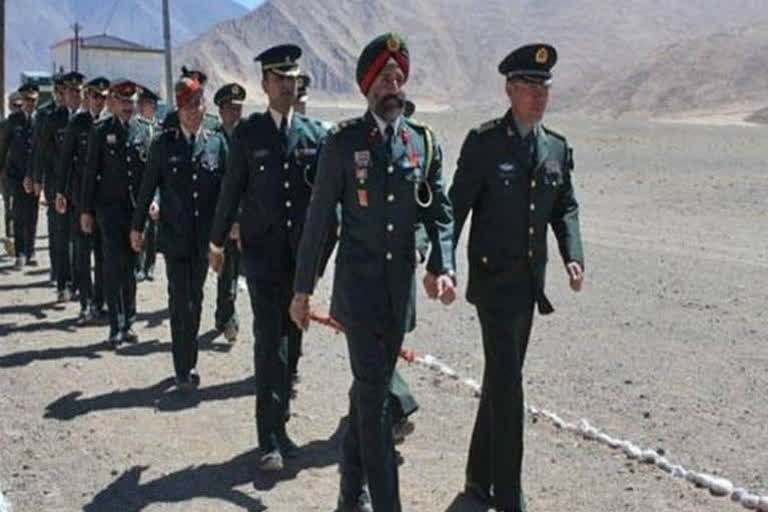New Delhi: Lieutenant-general ranked officers of the world’s two biggest armies on Saturday met at the Chinese side of Chushul-Moldo across eastern Ladakh to defuse a potentially explosive border situation. The level of engagement is ‘unprecedented’ for a sudden eruption of a border row.
On the face of it, while the talks may look ‘tactical’, the implications have ‘strategic’ significance.
With both sides claiming that the situation is under control—indicating a keenness to de-escalate—the talks will begin on an optimistic note.
On the table are three core concerns—use of disproportionate violence on soldiers in the recent fracas on May 5-6 on the northern bank of the Pangong lake, cutting back on the build-up of soldiers and artillery in the rear position of the flashpoints in the aftermath of the border violence, and restoring the status quo to the situation that had existed prior to May 5.
Now of the wider implications…
India’s efforts to build roads infrastructure in its northern frontiers—slated for full completion in 2022—will strive to establish parity with China which has already ramped up its infrastructure years ago. Infrastructure upgrade will give easier access to the dominating heights whose importance in mountain warfare cannot be underestimated. The slower India moves, the better it is for China.
Added to the complexity is the imprecise border between the two nuclear-armed neighbours. Since 1998, China has resolved 11 land-based territorial disputes with six of its neighbours. Why China has opted not to be proactive about resolution of its border issue with India is a confounding one which may give credence to the belief that this outstanding issue can be used as a ground for ‘calculated aggression’ as and when needed.
Since August 5, 2019, India’s changed policy of openly claiming Gilgit-Baltistan in Pakistan-occupied Kashmir and Aksai Chin, in the occupation of the Chinese since 1962, as its own territories has riled China because it has invested about 67 billion dollars in the ambitious CPEC project which runs through Gilgit-Baltistan.
Moreover, the CPEC which would allow China land access to the Arabian Sea and then to the Gulf has been an eternal Chinese aim. China is heavily dependent on the Gulf for its energy sources. By laying claim to Gilgit-Baltistan, India stands in the way of that dream.
With a raging US-China rivalry, amid strong signals that India may stand up to China with the US prompting in order to maintain its strategic autonomy, China is already trying to impose its dominance. US President Donald Trump’s plan to expand the G7 and include India in the new grouping has made China apprehensive.
The Chinese viewpoint is articulated in an editorial in the China government-owned daily ‘Global Times’ on Friday: “The idea of G7 expansion carries geopolitical calculations with an obvious attempt to contain China. The US is keen on roping India is not only because the latter has become the fifth-largest economy in the world, but also because India is considered an important pillar for the US' Indo-Pacific Strategy.”
“With a fresh border spat brewing between China and India in recent days, India also hopes to send a signal to China by endorsing the US' G7 expansion idea,” said the article which is understood to reflect the government’s point of view because of a due process of vetting it is subjected to before being put out for publication.
There would be a possible military implication too. With the entire Indian-China border coming under the newly set up Western Theatre Command of the PLA, a border row like the present one would serve the purpose of testing the war preparedness of the Western Theatre while studying the manner and intensity of the reaction of the Indian military.
Also Read: India, China military top brass meet to resolve stand-off



